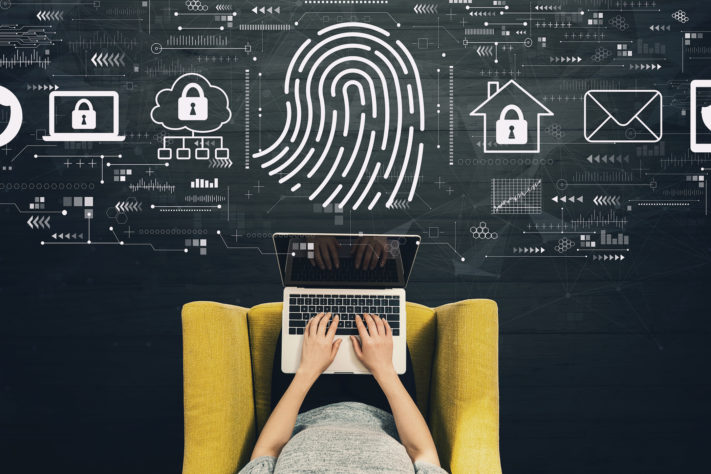As the country began its mass transition to remote work, overlooking certain cyber security protocols may have been necessary as many of us scrambled to keep the business afloat. By now, remote workers should be settled into their virtual work environment with new routines, effective processes, and the tools they need to succeed. We’ve had time to figure out how to make working from home work for us.
Now that we’ve moved past panic mode, it’s time to revisit our “best practices” checklist. Some of the items on this list may have taken a back seat during all the craziness – and understandably so – but it’s important to identify any gaps in your virtual workplace before they come back to bite you. One of the most notoriously overlooked factors in remote work situations is cyber security.
The move to remote work is meant to keep our team physically safe, but today’s virtual workplace highlights new risks from an old threat. Leading IT experts warn that home offices are vulnerable, often falling short in the level of privacy and efficiency an office setting provides.
With an estimated 42% of full-time employees still working away from the office, creating a secure and efficient workspace is crucial to ongoing success. I spoke to Emory Simmons, President of CMIT Solutions of Metrolina, to see what he recommends for employees working from home long term.
11 Ways to Increase Home Office Cyber Security and Productivity
- Read and understand your company’s policy on working from home to ensure you are in compliance with company guidelines.
- Keep company equipment and information private while in your home. Do not allow family members or others to use your work technology. Lock your screen when you walk away and log off every night.
- Connect with your IT department to ensure that your home WiFi connection is set to the privacy settings they recommend.
- Make sure your anti-virus software is up to date and your computer is running the most recent version of its operating system. Don’t delay updates.
- Avoid phishing scams. Those of us who consider ourselves tech savvy like to think we’re immune to phishing, but those who create the bait get craftier every day. One creative example involves emails that appear to be sent from a coworker or manager asking you to click and log on to programs you use every day, like One Drive or Drop Box. Don’t open attachments without checking the sender’s information – be sure to call your IT support line if you suspect something phishy is going on (pun intended).
- Install a multi-factor authenticator. It only takes a few seconds and the added security is worth the peace of mind. Once multi-factor authentication is set up, your information will be protected even if your password is compromised.
- Turn off your modem for a few minutes to allow updates to come through from your internet service provider.
- Opt for the fastest interned speed that your budget and internet provider allows for. Run a speed test to make sure you’re getting the speeds you pay for, and contact your internet service provider if you notice any discrepancies.
- Create a family schedule to share resources and manage when people can (and can’t) be online. With the whole family at home, the fight for bandwidth can feel like tug of war. As your webinar competes with your spouse’s Zoom call and your kids’ Netflix and video game sessions, your internet speed will take a nosedive. A little planning can help keep everyone happy and productive.
- Upgrade your equipment. While it is always best to have a wired internet connection, it’s not always possible or practical. Consider purchasing a better router or a WiFi extender, which will improve your internet connection no matter where your office space is. Here are five WiFi extenders to consider.
- Use a Password Manager to protect your login credentials. A password manager keeps all passwords in encrypted form and allows for multi-factor authentication. Pro tip: a sticky note on your laptop is NOT a secure way to store your passwords!
Just as we’ve prioritized regular hand washing to protect us from a virus, we should also prioritize preventative measures to protect ourselves online. As a remote worker, preventing a cyber security breach requires due diligence and mindfulness – don’t let a cyber-attack be the reason your company goes under when so many businesses are struggling enough as it is. Follow these eleven tips for cyber security at home, remember to maintain consistent communication with IT support, and always protect your credentials and personal information.


